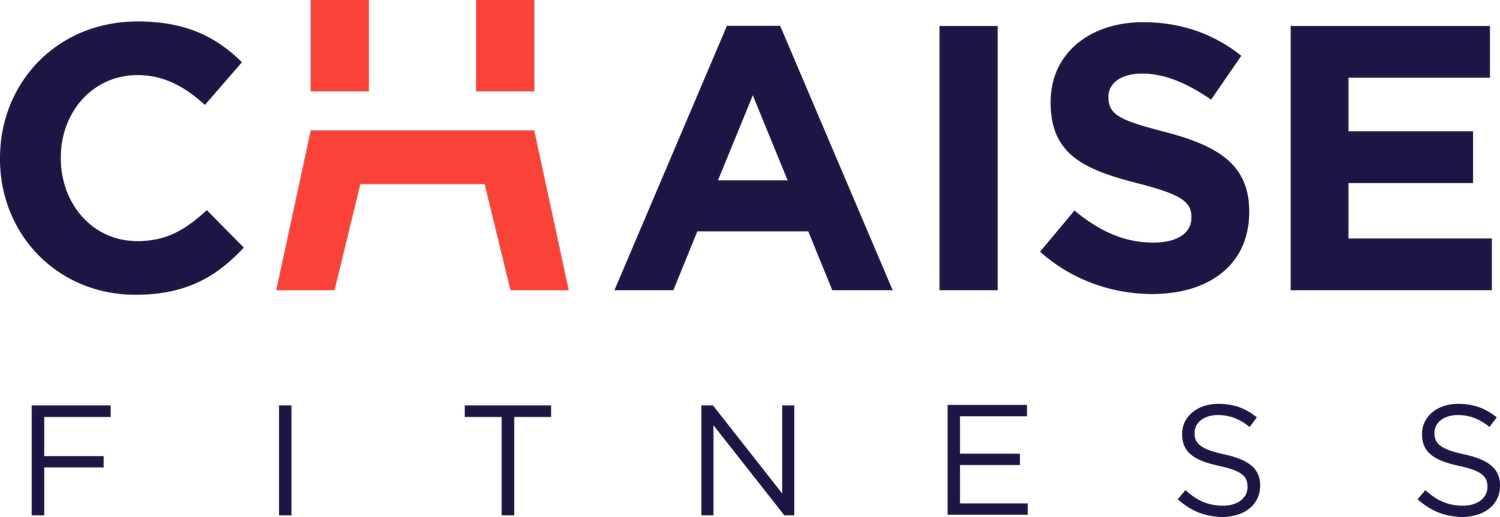Introduction to Pilates
Pilates was developed in 1883 by Joseph Hubertus Pilates a German born asthmatic who studied a wide range of exercise. Joseph worked as a circus performer and boxer until he was placed in an internment camp in England during World War I. In 1926 he immigrated to New York City, married his wife Clara, and opened a Pilates studio. After his death in 1967, the Elders, who were six of Joseph’s former students, opened more Pilates studios.
The new exercise system embraced the mind, body, spirit of Greek philosophy to harness breathing properly with movement. In 2021, Covid lead to a surge in Pilates popularity. The Chaise Fitness Studio is equipped with an independent HVAC system and an Airocide Air Sanitation System. In 2022, global Pilates grew to $269,302 million, and expected to continue to grow by 10% per year from 2021 to 2028.
Pilates is a perfect starting workout for a beginner. It is a workout that can be done daily but the benefits are reaped if the workout is as little as twice a week. It is an efficient practice without the high intensity of traditional gym workouts and focuses on performance with intentional activities that enhance the mind as well.
Benefits
Benefits of Pilates are apparent in the balancing of muscles on both sides of the body to improve flexibility, coordination, balance, and concentration. Increased body awareness reduces stress, increases lung capacity, improves endurance, and prevents injury. Core muscles are strengthened and peripheral extremities, shoulders, arms, legs, and feet are toned.
Concentration
Concentration is enhanced by focusing on the breathing pattern as the muscles contract and release. Focus and meditation combine to improve mental health. Emphasis on breathing technique and mindful thinking will help to reduce stress and anxiety, enhance concentration, and improve sleeping habits.
Control
Pilates exercises control balance and gait with an effective increase in muscle strengthening and specific balance training. Control balance is based on the three beginner exercises rollover, scissors, and jackknife. To accomplish the maneuver the beginner needs shoulder stability, core control, spinal mobility, and hamstring flexibility. Avoid this maneuver with issues in the neck or low back, vertigo, blood pressure instability, and glaucoma.
Centering
Centering focuses on the truck and pelvis by alternating stability with mobility. Practiced on a mat using the body or small props to lift against gravity, the focus remains on control rather than repetitions to tone the body. This prevents muscle fatigue and soreness. The goal is to isolate and strengthen specific muscles. Through concentration the exercise is connected to breathing and a feeling of wellbeing.
A reformer is a tool used in Pilates to isolate muscles using springs and resistance bands. Progressions and regressions are modified to adjust tone, strength, and concentration in the body. The reformer has a sliding platform with a stationary foot bar, springs, and pulleys that provide resistance to tone the body. The reformer can be used individually or in a class setting. Due to the cost of the machine, mastery in class setting is recommended before purchasing for at-home use. All Chaise Fitness Studio Instructors are mat, and reformer certified.
Breathing
Breathing deep is relaxing. Three deep breaths will remove stress and refocus the mind.Pilates breathing is lateral, or intercostal, breathing. This is a special breathing technique used to maintain a contraction of the abdomen throughout an exercise during which keeping a stable core is important for successful exercise performance and for protection of the body.
In this technique, you draw the breath upward and out of the low belly while you focus on redirecting the breath into the back of the body and the sides of the ribcage. Keeping the abdominal muscles pulled inward and upward and taking a great big inhale at the same time will feel like an exercise in advanced coordination.
Precision
Precision is about executing each exercise with intent and focus. It is also about understanding why you are doing the exercise and how the exercise will benefit your body. The quality of your movement is more important than the number of repetitions.
Flow
Flow is how exercises within Pilates are intended to flow into each other to help build strength and stamina. The use of appropriate transitions and economy of movement is highly prized and is one of the key things that differentiates novice and advanced practitioners.
Conclusion
Although Pilates is for all ages and all body types, the full benefit of concentration, control, centering, breathing, precision, and flow can not be realized without an instructor. Instructors refine technique to fit the needs, abilities, and goals of each individual who practices Pilates. Instructors have certifications in injury rehabilitation, prenatal, post-natal, osteoporosis, obesity, and bariatric protocols. Pilates will allow you to live a better, stronger, more active life which will bring happiness and joy into your being.
New Client Specials:
Three Private Sessions for $250 a good place to start!
Visit us on the Upper East Side, NYC. Chaise Fitness Studio 1204 Lexington Avenue New York, New York 10028 https://chaise-fitness.squarespace.com/contact 212-744-6100


